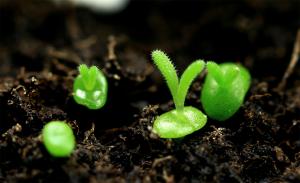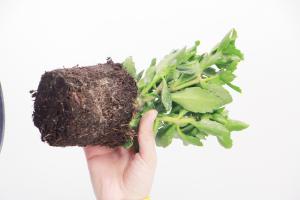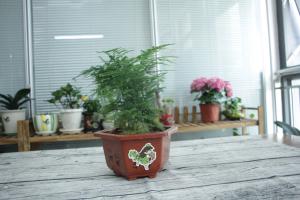When to Plant Trees in Pennsylvania
Planting trees in Pennsylvania can be a great way to add beauty to your landscape or maintain a healthy ecosystem. Trees provide shade, prevent erosion, and purify the air, among other benefits. However, to ensure that your trees grow strong and healthy, it is important to plant them at the right time of year. Below, we'll explore the best times to plant trees in Pennsylvania and the factors that can affect the planting schedule.
Spring Planting
Spring is one of the best times to plant trees in Pennsylvania, as the weather is mild and the soil is starting to warm up. Typically, the best time to plant trees is between mid-March and early June, depending on your location within the state. This allows the trees to establish their roots before the heat of summer sets in.
When planting in the spring, it's important to choose trees that are suitable for your region and soil type. Some popular options for Pennsylvania include sugar maples, red maples, white oaks, and American beech trees. These varieties are well-adapted to the state's climate and can thrive in a range of soil types.
Fall Planting
Fall is another good time to plant trees in Pennsylvania, particularly for deciduous trees such as maples, oaks, and birches. Planting in the fall allows the trees to establish their roots before winter sets in, which can give them a head start in the spring when growth resumes.
When planting in the fall, it's important to avoid planting too late in the season. Ideally, you should plant trees at least six weeks before the first hard frost, which is typically in late October or early November in many parts of Pennsylvania. This will give the trees enough time to establish their roots before the ground freezes.
Factors Affecting Planting Time
While spring and fall are generally the best times to plant trees in Pennsylvania, there are several factors that can affect the planting schedule. For example, if you live in a particularly hot or dry region of the state, you may want to plant in the fall when the soil is still moist from summer rains. Similarly, if you live in a high-altitude area, you may need to adjust your planting schedule to account for colder temperatures.
Soil type can also affect the best time to plant trees. For instance, if you have heavy clay soil that drains poorly, you may need to plant in the fall when the soil is drier and easier to work with. Conversely, sandy soils can be more forgiving and may allow you to plant earlier in the spring.
Conclusion
Planting trees in Pennsylvania can be a rewarding experience that provides numerous benefits to both your property and the environment. By choosing the right time to plant based on your soil type, region, and other factors, you can ensure that your trees have the best chance of survival and growth. Whether you opt for a spring or fall planting schedule, be sure to select tree varieties that are well-suited to your local climate and soil conditions.

 how many times do yo...
how many times do yo... how many planted tre...
how many planted tre... how many pine trees ...
how many pine trees ... how many pecan trees...
how many pecan trees... how many plants comp...
how many plants comp... how many plants can ...
how many plants can ... how many plants and ...
how many plants and ... how many pepper plan...
how many pepper plan...

































